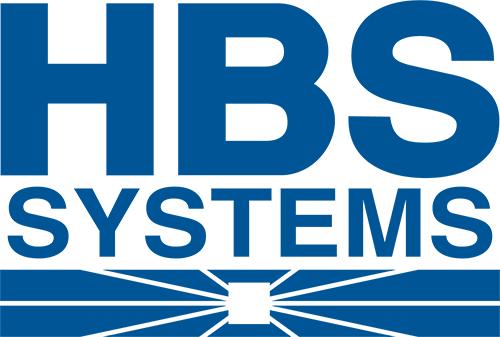Our Milestones
A legacy built on innovation
For nearly four decades, HBS Systems has pushed the equipment dealership industry forward—one milestone at a time. Our history is defined by purpose-driven innovation, customer-focused progress, and a commitment to building solutions that stand the test of time. This timeline highlights the advancements, breakthroughs, and industry firsts that have shaped who we are today.
= First in the Industry
1985
1986
Lynn Reed joins HBS Systems as one of the first employees, helping establish the company’s foundation for long-term technical leadership.
1987
First to move to the Xenix operating system, leveraging commodity servers for multi-location dealerships.
1991
Manufacturers supported include AGCO, Gleaner, Massey Ferguson, White, Deutz-Allis, Bobcat, Vermeer, Kinze, and Sunflower.
EPIC is later branded as “Support Pro” for Case and New Holland dealers.
1992
1995
1996
Introduced integrated repair orders that connected service, general ledger, and whole goods management—advancing unified dealership operations.
1997
Opened Canadian and Des Moines, Iowa offices, and expanded the team by hiring 27 dealership specialists with hundreds of years of combined experience.
1998
Released electronic user guides on CD-ROM, began Y2K preparation, and launched the industry’s first integrated rental system.
1999
2002
Introduced the eCustomer Gateway, allowing dealerships to access customer account information online.
2005
Transitioned infrastructure to Linux, enhancing system stability and scalability.
2006
Introduced the first mobile inventory scanning system for dealerships.
Launched GraphXpress, a Windows-based visualization tool for graphs and charts across general ledger and parts.
2007
2010
Launched NetView Cloud, a private cloud-hosting platform designed and built by Lynn Reed—years ahead of most DMS providers.
Partnered with The Delta Group (Ayres Delta), expanding to six locations and forming a dedicated data conversion team.
2011
Baker Implement becomes the first cloud customer with nine locations.
Michael Prengler joins the team, later leading development and operations to modernize software and processes.
2012
2014
Introduced Active Desktop, a customizable dashboard bringing real-time reporting, OEM data, and searches into a single interface.
Rolled out online user guides and the first interactive tile-based reporting system.
2015
Integrated telematics with Kubota, enabling real-time equipment connectivity.
Nueces Power Equipment joins as a major multi-location partner.
2016
Enhanced NetView Rental with a modernized availability engine.
Launched Active Desktop enhancements and introduced the Software-as-a-Service (SaaS) model.
2017
2020
Transitioned to remote work during COVID-19 and introduced new recruitment strategies to attract national talent.
Introduced Business Intelligence (BI) enhancements for advanced reporting and analytics.
2022
Expanded BI capabilities and data-driven dashboards.
2024
Launched SmartIron Financial, expanding into embedded financial services for dealerships.
2025
Launched NetView CORE+, delivering resilient, scalable infrastructure with disaster recovery and virtual data center capabilities.
2025–Future
Integrating AI-powered features including natural language queries, predictive analytics, and assistant-style interactions for next-generation dealership intelligence.
